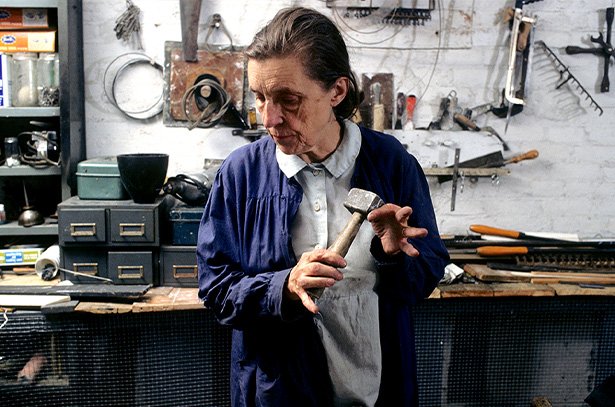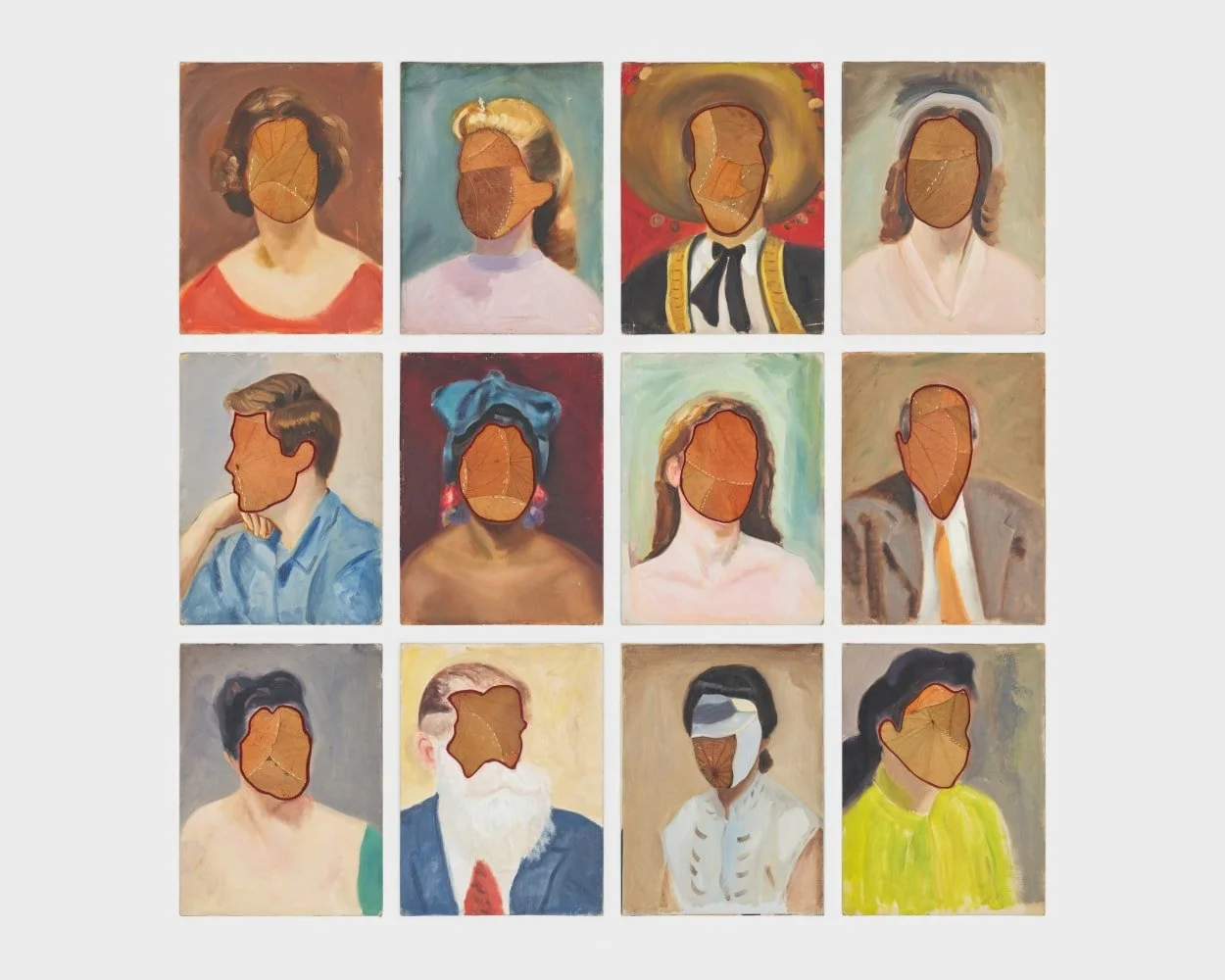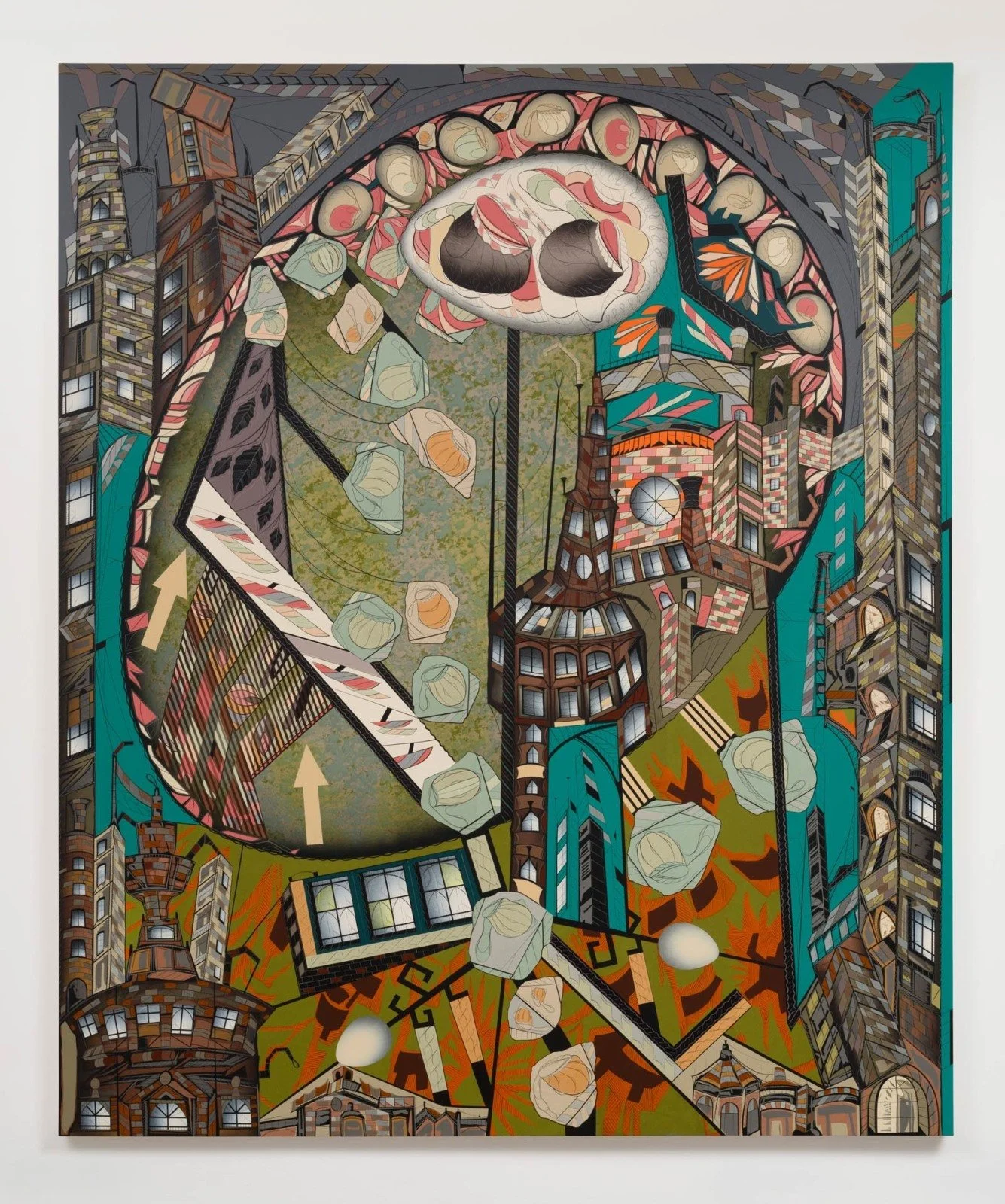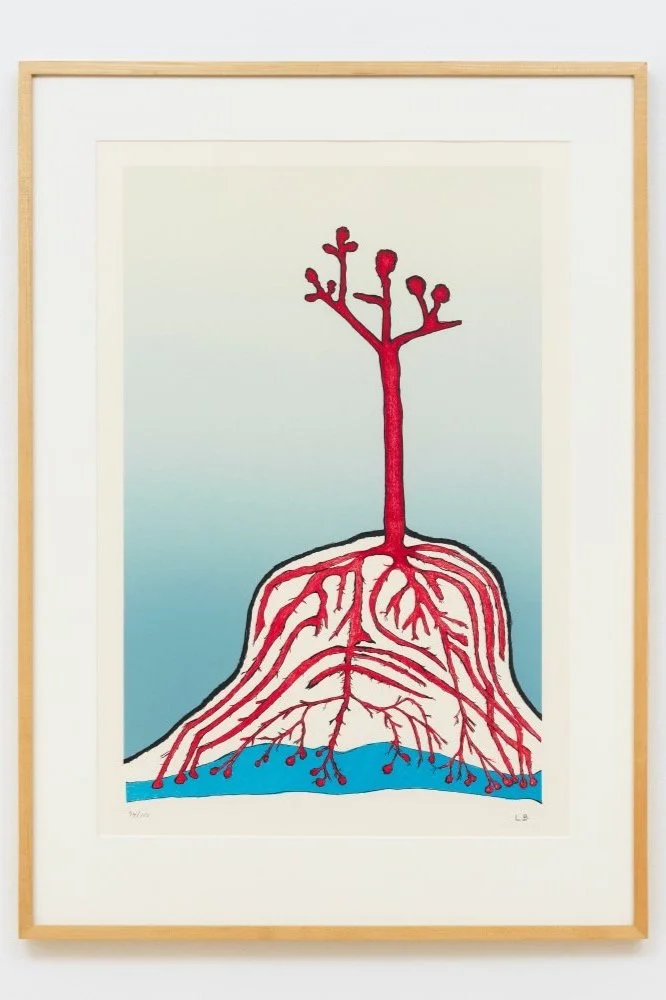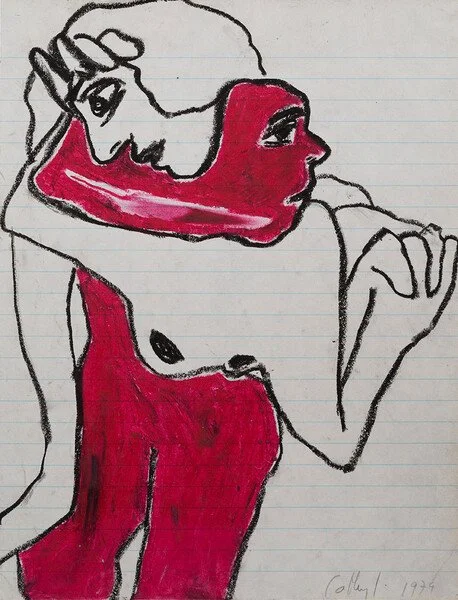Louise Bourgeois
“Once there was a mother”
New York, 18th Street
Once there was a mother’ takes its title from Plate 9 of Bourgeois’s 1947 illustrated book ‘He Disappeared into Complete Silence,’ which pairs nine engravings with short texts she called parables. These stories and their accompanying images of isolated buildings convey a sense of loneliness, alienation and lack of communication. They also show Bourgeois’s fascination with the architecture of her adopted city, New York, where she lived and worked from 1938 until her death in 2010. In the parable which accompanies Plate 9, a son ultimately rejects his devoted mother despite her best efforts to protect him. Bourgeois wrote this in the mid-1940s, while raising three young sons.
Most of the printed works in the exhibition were made during the last decade of Bourgeois’s life, when images of maternity—pregnancy, childbirth and breastfeeding—came to the fore. Although already in her nineties at the time of their creation, the prints reveal Bourgeois to be exceptionally active and innovative, experimenting with a variety of techniques, adding hand-applied details, and printing on the old garments and household fabric she had saved throughout her long life. Like pages of a diary, this material evoked memories of people and events from Bourgeois’s past and was used extensively in her sculptural work as she increasingly identified with her mother, a tapestry weaver and restorer. Her longtime intaglio printer, Felix Harlan, established a printing process in which the various fabrics could take as rich an impression as paper. During this period, Bourgeois also began working closely with noted New York publisher and gallerist Carolina Nitsch. With the help of Raylene Marasco at Dyenamix, Nistch encouraged Bourgeois to edition digital prints that were made unique by the addition of hand- applied dyes and inks, as well as collage elements.
Photo: Mark Setteducati © The Easton Foundation/VAGA at ARS, NY
Printmaking afforded Bourgeois the possibility of taking an image or theme and experimenting with it across different variations and permutations. ‘The Fragile’ (2007) is an edition of seven individual sets of thirty-six prints on fabric, each with distinct elements and hand-applied archival dyes. The work is an expression of Bourgeois’s feelings of physical and psychological frailty in her old age, and her ensuing identification with the infant child.
The following year, Bourgeois made another edition of nine unique prints on fabric titled ‘The Good Mother’ (2008). Each print in the edition depicts a pregnant woman outlined in red with silver milk dribbling and puddling in various shapes from her left breast. According to Jerry Gorovoy, Bourgeois’s longtime assistant and president of her foundation, The Easton Foundation, the metallic elements are leftover drips of aluminum found on the foundry floor after the casting of one of Bourgeois’s sculptures.
One of the exhibition’s only completely unique printed works is ‘Self Portrait’ (2009). Composed on an old bedspread embroidered with the initials ‘L.B.,’ this work was made a year before the artist’s death and depicts a 24-hour clock with hands positioned at the hours 19 and 11—which together form the year of Bourgeois’s birth. Twenty-four individual drypoint prints are collaged and stitched at every hour, with each print illustrating an important event from the artist’s life. The image at hour 24 resembles ‘Maman,’ the monumental spider Bourgeois saw as a symbol for her mother and as analog for her own artistic practice.


